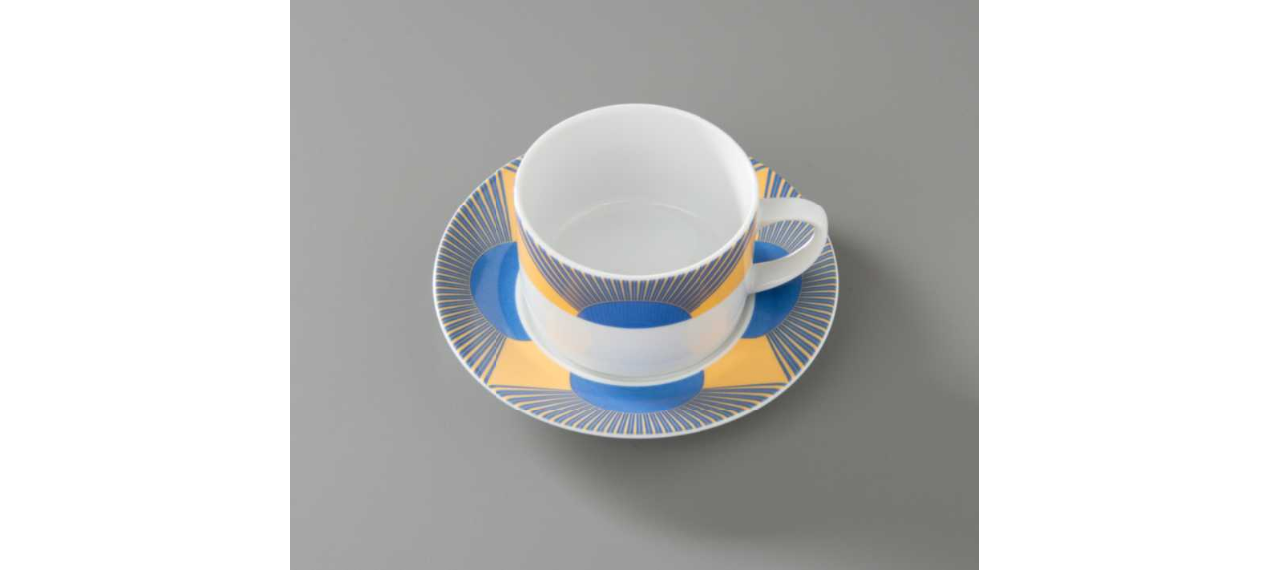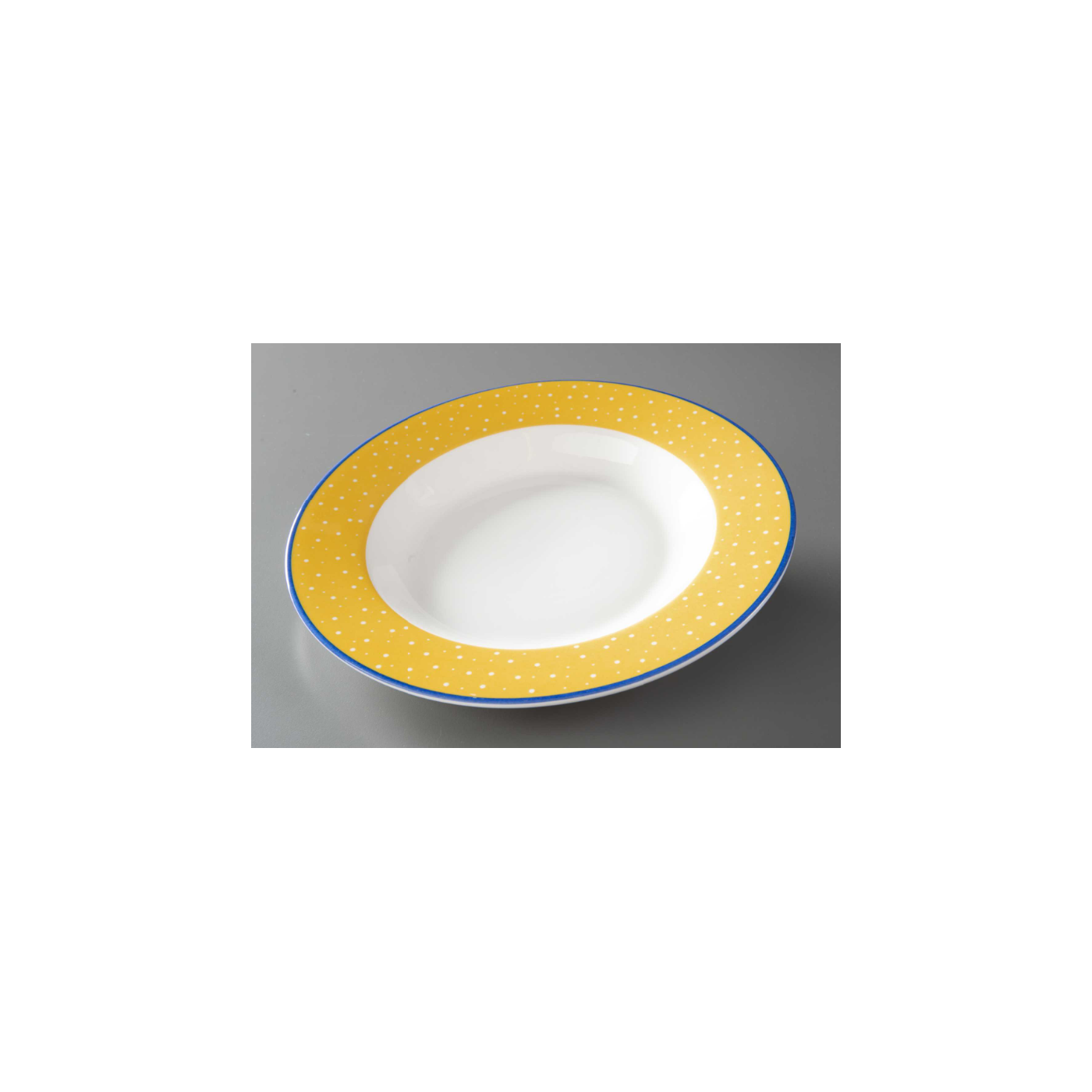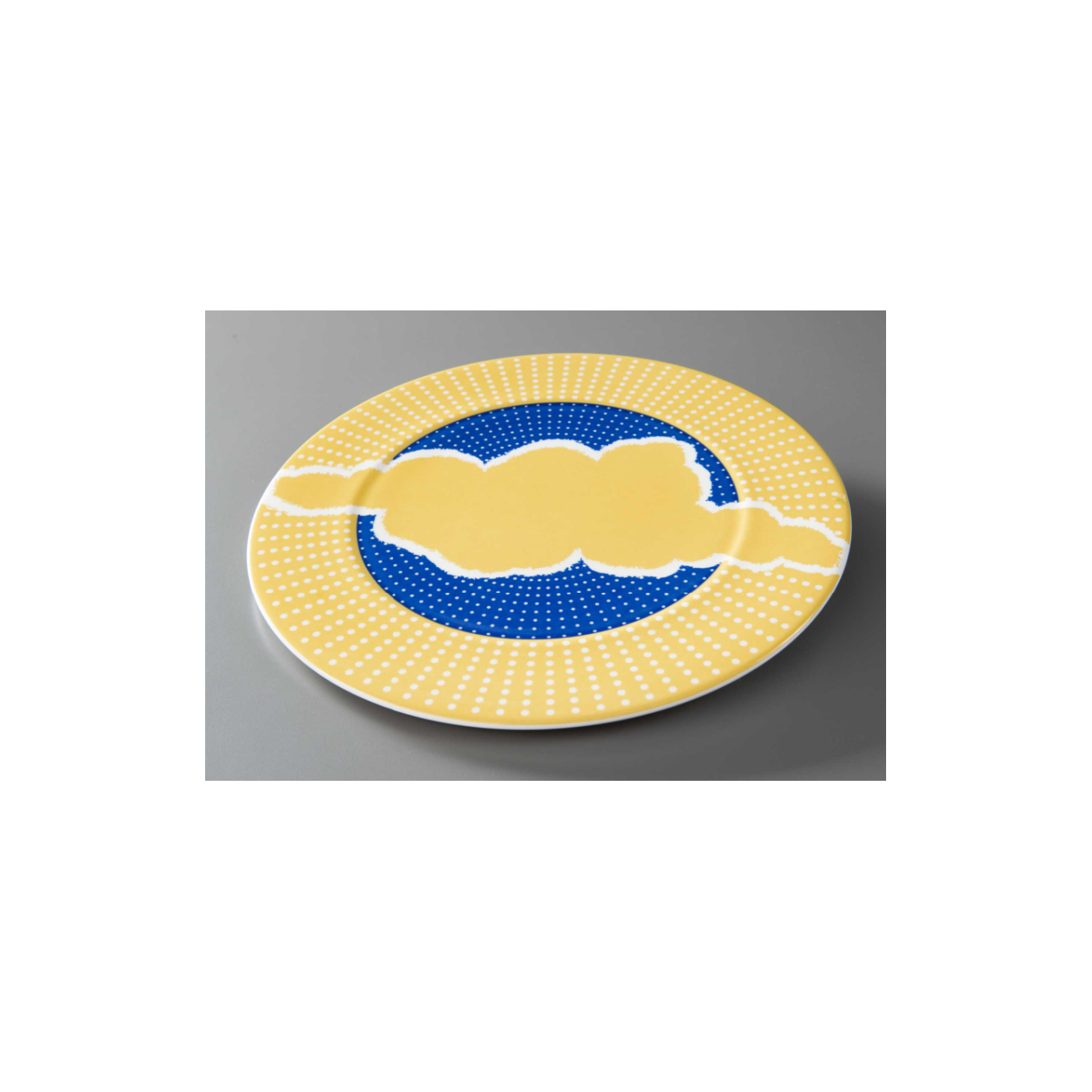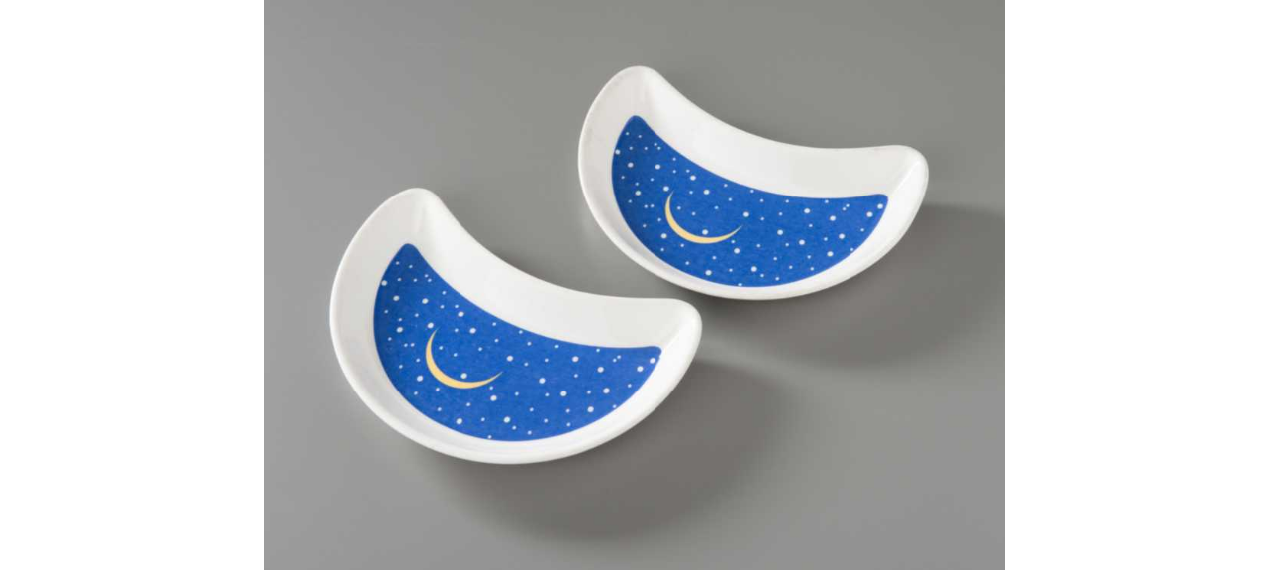Make a donation to the museum
Remembering Milton Glaser, Designer for Windows on the World and Creator of “‘I ♥ NY” Logo
Remembering Milton Glaser, Designer for Windows on the World and Creator of “‘I ♥ NY” Logo
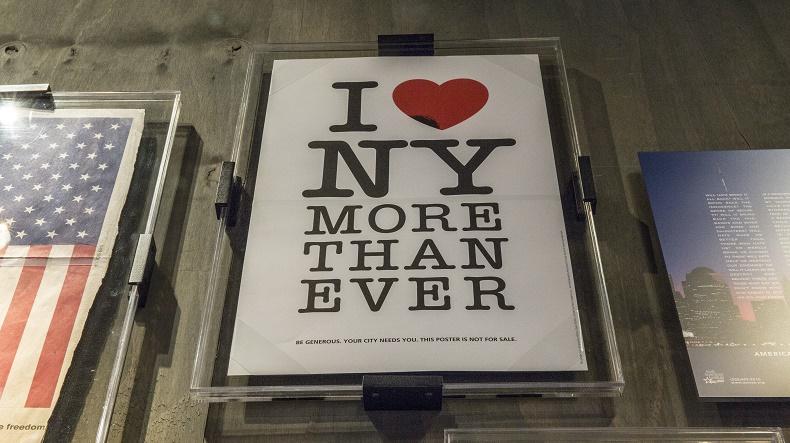
With sadness and respect, the 9/11 Memorial Museum notes the death last week of Milton Glaser, on June 26. Illustrator, graphics designer, art director, teacher, founder of a succession of creative enterprises, and recipient of the National Medal of Arts (2009), Glaser was the consummate New Yorker.
Born in the Bronx to parents who had immigrated from Hungary, Glaser was schooled in and by the city, and spent the majority of his career in Manhattan, an inexhaustible source for his ideas, projects, and ceaseless productivity. Appropriately, his long life ended in the city he loved, on his 91st birthday. Since his death, many news outlets and publications have eulogized Glaser’s plentiful contributions to our shared visual world.
In an affectionate profile appearing in New York Magazine, which Glaser cofounded in 1968 with editor and Esquire alumnus Clay Felker (d. 2008), magazine staffers remembered Glaser as the “cerebral, vaguely rabbinical foil” to his more mercurial, louder-spoken boss. Their familiar repartee and sparring prompted coworkers to nickname them the Twin Towers, an allusion that focuses this tribute.
Like many New Yorkers of a certain age, Milton Glaser spanned three distinct chapters of memory associated with the World Trade Center: the era when the pair of iconic skyscrapers did not yet exist; the three-decade reign of their rise, dominance, and conspicuous performance in the downtown skyline; and the epilogue following their abrupt, violent disappearance from the cityscape on September 11, 2001.
Arguably, Glaser is best known for his recognition of the last epoch through his affective recap of the renowned I Heart NY logo he created for a New York State tourism campaign launched in 1977. Reportedly, that initial trademark was sketched on scratch paper with a red crayon, as he rode in a yellow taxicab. The rebus, in which a cheerful red heart substitutes for the word “love,” was soon paired with an identical slogan and song and went on to attain global celebrity.
The famous design was never Glaser’s legal copyright, however. In the mournful days after the World Trade Center’s destruction on 9/11, he nonetheless appropriated it for a revised edition of posters. For this supplement, he combined the same familiar typeface, words and symbol but added the phrase “more than ever” as well as a bruise mark to the heart.
Glaser deputized his students at the School of Visual Arts to distribute them at no cost to storefronts and public gathering places. As the maverick posters proliferated around town, they also consoled as a gesture of New York’s pervasive sense of loss and its simultaneous embrace by a world mourning with it.
Glaser also contributed to the sentimental associations the towers generated in their prime, specifically through designs that reinforced the peerless experience of visiting Windows on the World, the crowning complex of eateries and bars with banquet and conference facilities occupying floors 106 and 107 of the North Tower. It was restaurateur Joe Baum who recruited Glaser to provide the logo, menu artwork, dishware patterns, and select other interior decor features for the original dining establishment, brought to life in 1976 for the Port Authority of New York & New Jersey.
Left to right: Cup and saucer. Collection 9/11 Memorial Museum, Gift of David Emil, Photograph by Michael Hnatov; Bowl, Collection 9/11 Memorial Museum, Anonymous Gift, Photograph by Michael Hnatov; Plate charger, Collection 9/11 Memorial Museum, Anonymous Gift, Photograph by Michael Hnatov; Plate, Collection 9/11 Memorial Museum, Gift of David Emil, Photograph by Michael Hnatov.
Almost instantly proclaimed “the most spectacular restaurant in the world” by New York Magazine (perhaps not entirely an impartial source), Windows on the World, in fact, grew to earn that accolade along with the loyalty of a vast, diverse clientele. Although elite food critics sniped that it was less the cuisine than the spectacular panoramic views that were the main course worth savoring at Windows, patrons were enthralled by the entirety of its singular ambience. Baum, for example, asked Glaser to create a sweeping scrim wall curtain of hand-sewn beads and delicate lights that would shimmer and gently undulate, to enhance the destination’s celestial aura.
As a result of the 1993 terrorist truck bomb attack on the landmark buildings (when smoke and grime lofted up to the North Tower’s highest floors), the restaurant closed for several years of refurbishment. It relaunched in 1996 under a new owner-operator company led by David Emil. As the new millennium dawned, Windows was serving 800 nightly meals, with reported revenues that earned it distinction as the highest-grossing restaurant in the United States.
A through-line of that restored success was the continued use of Milton Glaser’s aerial themed china patterns—which featured a playful, organizing vocabulary of radiant sunrises, memorable sunsets, and atmospheric cloud formations inset. These were materialized mostly, but not exclusively, in bold colors of sunny yellow and clear-sky blue. Menus, matchbooks, and other promotional literature for the venue also perpetuated Glaser’s appealing graphics. Poignantly, his distinctive blue sky and gold logo were ready to wrap the bottles of 500 cases of Veuve Clicquot, ordered for Window’s 25th anniversary, due for celebration in October 2001.
The 9/11 Museum’s collection attests to the strong, special hold that Glaser’s WOW designs had for those of us fortunate enough to have visited Windows on the World—perhaps for a birthday or a retirement party; to mark a special anniversary or visit to the Empire City; or a business function hosted there, when attendees couldn’t resist stealing looks outside the windows, astonished by the miniaturized cityscape, the sight of a lower-flying plane, or a fog bank below them obscuring the sun they enjoyed.
The cross-section of mementoes entrusted to our safekeeping span the gamut of donations from those made by tourists and conference attendees, to lifelong New Yorkers, neighborhood residents, and habitual diners from the World Trade Center campus itself, to members of the restaurant staff, management, and kitchen teams. Often, items are accompanied by a personalizing story attesting to the occasion for, or enduring impact of, that elevated eating experience.
Tragically, on September 11, all present on the 106th and 107th floors would perish once hijacked Flight 11 crashed into the North Tower at 8:46 a.m., with egress to safety terminated. A number of Glaser-designed china souvenirs in our holdings in fact were presented by colleagues spared death—by fate or workshift—to commemorate those responsible for the restaurant’s distinctive food and gracious hospitality, year-round.
In the wake of the 9/11, journalists often approached the survivors of the Windows on the World venture to reflect on its achievement, from its earlier and later phases of operation. In one account, Glaser characterized the enterprise of its creation as a journey to the “Promised Land.” In his capacity as a design collaborator, his imagination had been unleashed to craft its telling details, but at an unexpected, novel, and enormous scale.
“There has never been anything like it,” Glaser said, which could serve as his own epitaph.
By Jan S. Ramirez, Executive Vice President of Collections & Chief Curator, 9/11 Memorial & Museum
Previous Post
9/11 Memorial Museum Launches Digital Exhibition for “Revealed: The Hunt for Bin Laden”
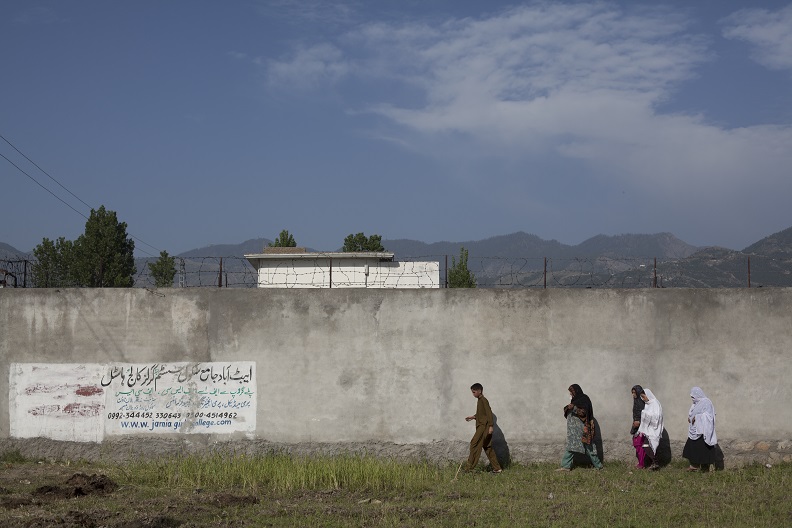
This digital exhibition reconstructs what the U.S. government knew about Osama bin Laden and al-Qaeda in the years prior to the 9/11 attacks, and the 10 years of inter-agency efforts that led to the raid on bin Laden's Abbottabad compound.
Next Post
After Special July 4 Opening Ceremony, 9/11 Memorial Open to the Public on Sunday
After a special Independence Day opening for 9/11 families and the extended 9/11 community, as well as workers on the front lines of the COVID-19 pandemic, the 9/11 Memorial will reopen to the public on Sunday.
